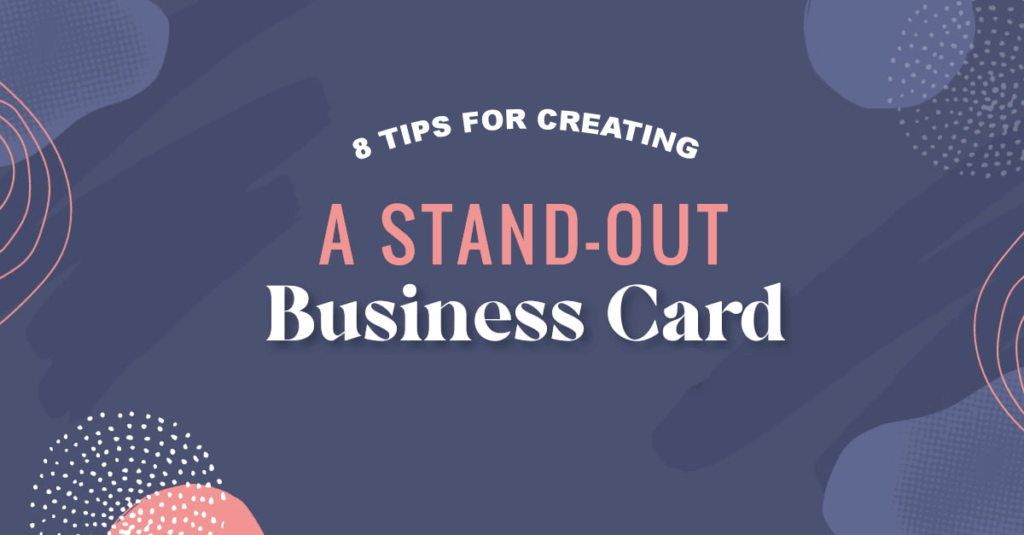In today’s competitive business landscape, standing out is more crucial than ever. A strong brand identity helps businesses establish trust, recognition, and a lasting connection with their audience. One of the most powerful tools in crafting this identity is graphic design. From logos to marketing materials, every visual element plays a vital role in how a brand is perceived.
What is Brand Identity?
Brand identity encompasses all the visual and conceptual elements that define a company’s image. This includes:
- Logo design
- Color schemes
- Typography
- Packaging
- Website and social media visuals
- Marketing materials (flyers, business cards, brochures)
When these elements are cohesive and strategically designed, they create a recognizable and memorable brand that resonates with customers.
How Graphic Design Shapes Brand Identity
1. First Impressions Matter
The first interaction a potential customer has with a brand is often visual. Whether it’s a website, social media post, or business card, graphic design immediately communicates the brand’s personality. A professional, well-designed logo or website can create a sense of trust and credibility, whereas poorly designed visuals can drive potential customers away.
2. Consistency Builds Recognition
Consistent use of colors, fonts, and design styles helps reinforce a brand’s identity. Think about brands like Apple, Coca-Cola, or Nike—just seeing their color schemes or logos immediately triggers brand recognition. A strong visual identity ensures customers remember your brand and associate it with your products or services.
3. Emotional Connection with the Audience
Great design goes beyond aesthetics; it evokes emotions. Colors, shapes, and typography all contribute to how people feel about a brand. For example:
- Blue often represents trust and reliability (used by banks and tech companies).
- Red conveys excitement and urgency (common in fast food and retail branding).
- Minimalist designs often suggest luxury and sophistication.
By understanding psychology in design, businesses can create branding that connects with their target audience on a deeper level.
4. Professionalism and Credibility
People trust brands that look professional. A sloppy logo, outdated website, or inconsistent visuals can signal that a company is untrustworthy or inexperienced. On the other hand, well-executed graphic design gives a brand credibility and makes it more appealing to potential customers.
5. Differentiation from Competitors
A crowded marketplace means brands must differentiate themselves. Unique, well-crafted design elements help businesses stand out from their competitors. A creative and original logo, website, or packaging design can make a lasting impact, helping a brand carve its own space in the industry.
Key Graphic Design Elements for Branding
To ensure a cohesive and effective brand identity, businesses should focus on these core graphic design elements:
- Logo Design: A simple yet memorable logo serves as the face of the brand.
- Color Palette: Choosing the right colors influences customer perception. For more information, read How to Use Color Psychology in Branding
- Typography: Fonts should align with the brand’s personality and be easy to read. For more information, checkout Brand Typography: How to Find the Right Fonts for Your Brand
- Imagery & Icons: Consistent use of high-quality images and icons enhances brand storytelling.
- Layout & Spacing: Clean, well-structured designs improve user experience across digital and print platforms.
Conclusion
Graphic design plays an essential role in shaping and strengthening a brand’s identity. From first impressions to long-term recognition, a well-designed visual identity can build trust, drive engagement, and differentiate a brand from the competition. Businesses that invest in professional graphic design are more likely to succeed in capturing and retaining their audience’s attention.
If you’re looking to establish a strong brand identity, working with an experienced graphic designer can make all the difference. Whether you’re starting from scratch or revamping your existing brand, professional design ensures consistency, credibility, and emotional impact.
How has graphic design helped your brand stand out? Share your thoughts in the comments!



